Meet the 17-Year-Old Curator Who's Intentionally Uplifting Black Artists
Diana Sinclair believes in a future where Black people around the world will thrive. Diana is a 17-year-old Black queer woman, an artist, an activist. This Juneteenth, Diana is the curator of The Digital Diaspora: Liberating Black Creativity, an exhibition featuring Black artists from around the globe. The show is part of Diana’s radical vision for a future where Black people thrive. Her new exhibit is a part of that mission.
Exhibited by Superchief Gallery NFT, Digital Diaspora is a physical gallery in SoHo New York dedicated to digital art and is produced by Towards Utopia, “a trans-feminist, anti-racist organization focused on art, education, and resources.” Diana is a member of Towards Utopia, and worked in partnership with the digital art auction platform, Foundation, to organize this series. Staying true to the mission of Towards Utopia, sales from the show benefit the exhibited artists as well as community organizations GLITS, which provides free housing for Black Trans people and HerStoryDao, which offers arts funding for Black women and non-binary femmes. A portion of the exhibition will be displayed on LinkNYC, bringing the show into the world, on digital screens across all five boroughs of New York City.
Teen Vogue caught up with Diana to talk Afrofuturism, the macroverse, and why teens can save the world.
Teen Vogue: How did The Digital Diaspora happen?
Diana Sinclair: In March, Towards Utopia was looking for ways to spotlight Black artists in the space, trying to figure out how to develop that. There were issues with funding, but it came together quickly in the end. It’s hard to find an investor for something like this because the space is so small, but at the last minute, funding came through.
TV: What is Towards Utopia?
DS: Towards Utopia is a small, boots-on-the-ground organization aiming to help marginalized people globally, but we are currently localized in NYC. That’s one reason why this exhibition is benefiting the trans housing organization GLITS, it's connected to NYC. At Towards Utopia, we want to provide funding to the people who are doing the frontline work fighting systemic racism, from education to food, housing, etc. We are especially focused on Black trans women’s thriving because they are the most vulnerable. We’d also like to bring equity to the metaverse.
TV: What is the metaverse?
DS: The metaverse is used in contrast to the traditional art world. It's a reference to the online and digital art world. I’m very excited for the ripple effect that this project will have, like we’re throwing this huge rock in a pond, and get to see what ripples out from there. I want to see Black women’s lives changing from this initial action. It's not a one-time event, it's intended to create a shift within the metaverse but hopefully also within the traditional art market in pursuit of equity for Black artists in general. I'm excited for the real-life exhibition because this is the biggest project I’ve ever done. I'm 17. It hasn't really settled in yet.
TV: Your youth feels important to this work, how do you think about youth and the future?
DS: I purposefully didn’t speak of my age until this project, particularly in the metaverse. I wanted people to get to know me and my work first, before viewing me through the lens of my youth.
This project changed that. Youth have a voice, and we have the ability to use that as a way to make people see that are not to be looked down upon. I’ve met so many people, especially Black women around my age, who have harnessed their feelings around intersections of oppression and decided to do something about it. Having youthful voices at the forefront of this movement is vital, we will continue to take these actions, to do what we can to transform this world, to create change for ourselves and the people around us as well. As a young person, it has not always been easy. Working at this level has not always been flowers. I’ve been exhausted and discouraged, But personally, I have a very strong image of what I want for my future. I want to be comfortable. I want to be happy. I want to see people around me be joyful. We need change for that to happen. I have the time to do that now, and I am going to do it now. I’m not the only one. Other people my age see the changes we need to make, and we see the resources that we can access to create that change.
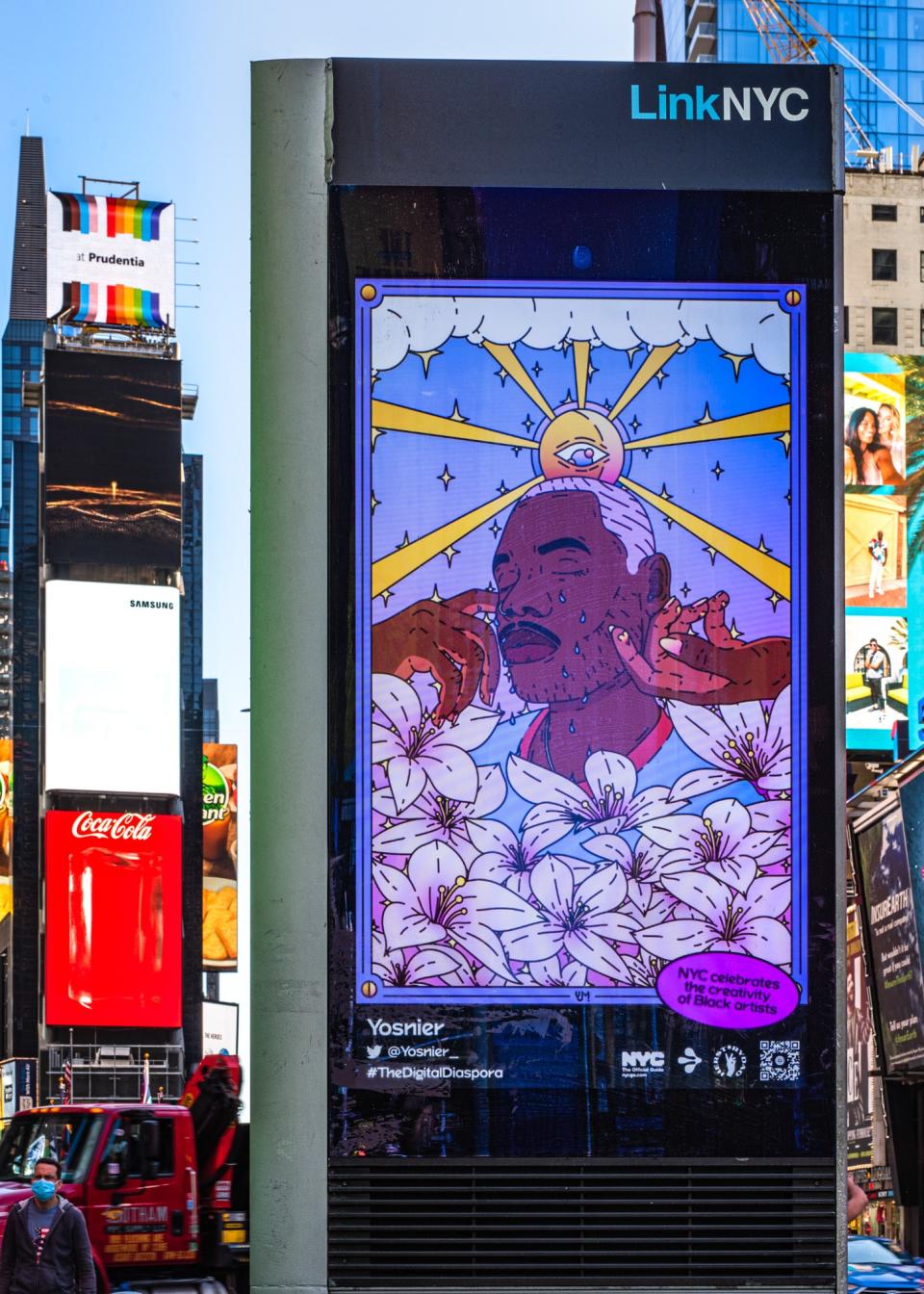
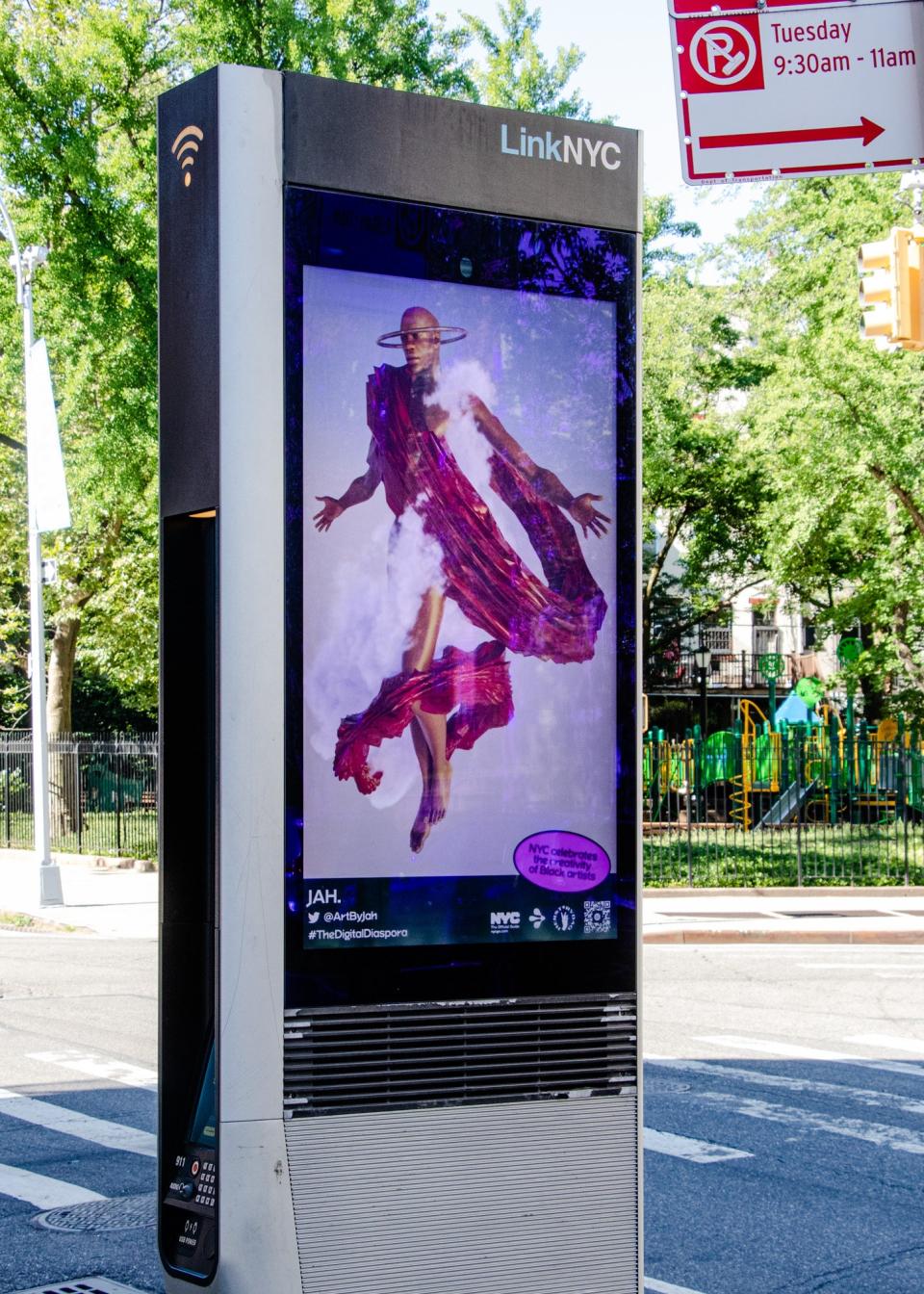
TV: You’ve talked about this work and Afrofuturism. What is Afrofuturism to you?
DS: Afrofuturism is the radical idea that Black people will be thriving in the future. There is so much that Black people have had to fight to just survive. The idea that we’ll be joyful and happy, fully able to express ourselves and our joy is a radical idea to me. It’s a huge component of what Afrofuturism is. It’s also our own sector of sci-fi, an aspect, and hope of a future that doesn’t yet exist and is very challenging to conceive of existing in this world. But I believe in it.
TV: What does Juneteenth mean in your life?
DS: I’ve been celebrating Juneteenth for years. I’ve always viewed it as an important day. It’s not just the day that Black people were liberated, it's the day that a group of Black people who had not yet been liberated experienced it for the first time. It’s important for Black Americans, a day to reflect on what liberation really means to us. What is liberation personally, as a Black person in America? Slavery has impacted Black people globally, impacting how Black people are viewed in any Americanized context. So Juneteenth is a day to reflect on the meaning of liberation.
TV: Why is the Digital Diaspora so important?
DS: This is real innovation at the forefront of technology and art, incredible viewpoints for art, and Afrofuturism into the art they’re creating. There’s a lot of hidden Black talent. We’re trying to combat that. This exhibition acknowledges the exploitation of Black talent. For example, what people see as ghetto is actually just unpopular Black creativity. But when Black creativity is adopted by outsiders or stolen by the mainstream it becomes popular culture, abstract from Black culture. This exhibition shows global Black art in the spotlight, so they can receive their flowers, their recognition, today, before it's been taken. Their work and style, and genius haven't been stolen yet. We have real genius in this group. There's an opportunity to appreciate this art and these artists now before it's too late. These artists deserve to receive their flowers now.
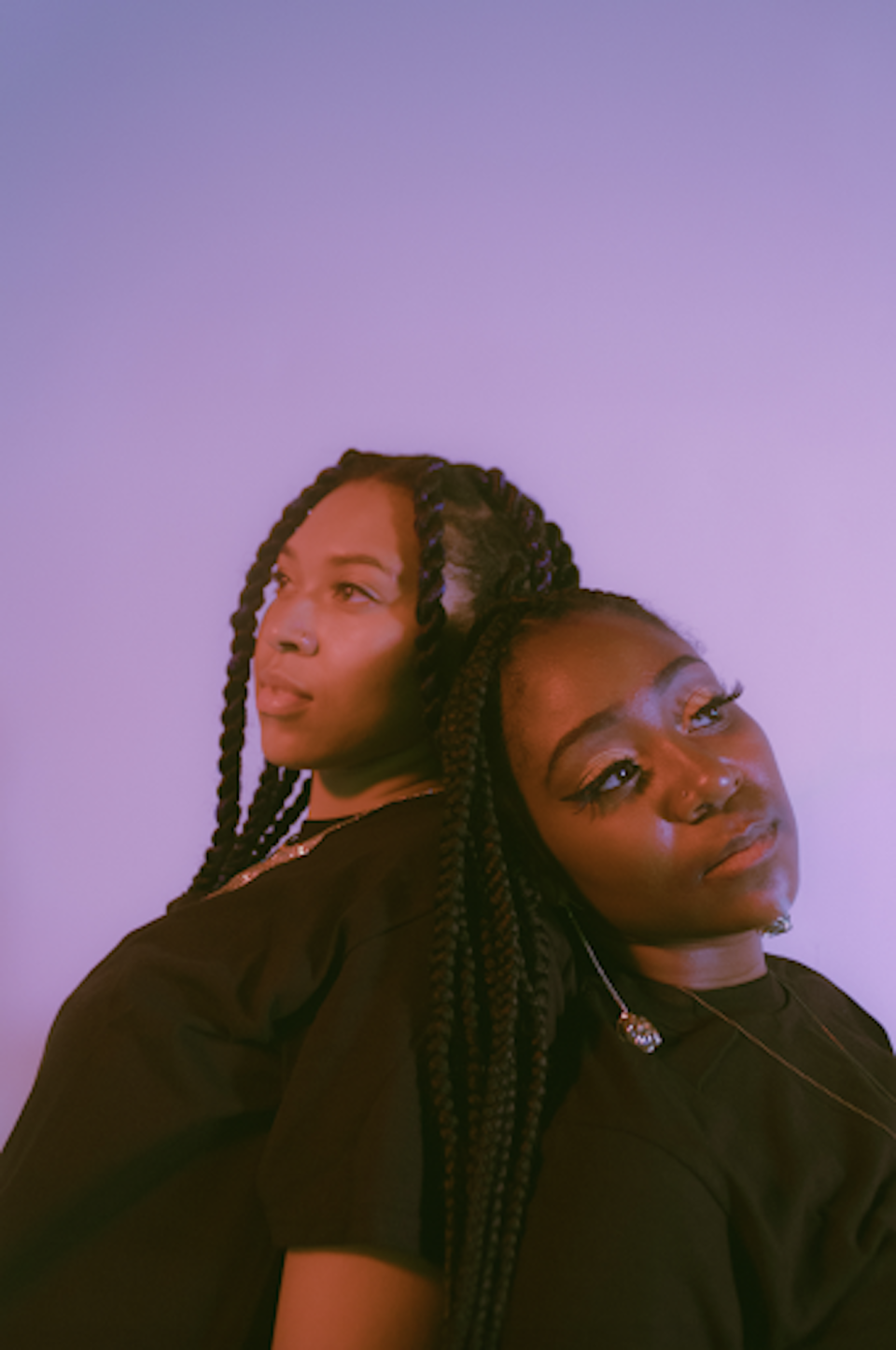
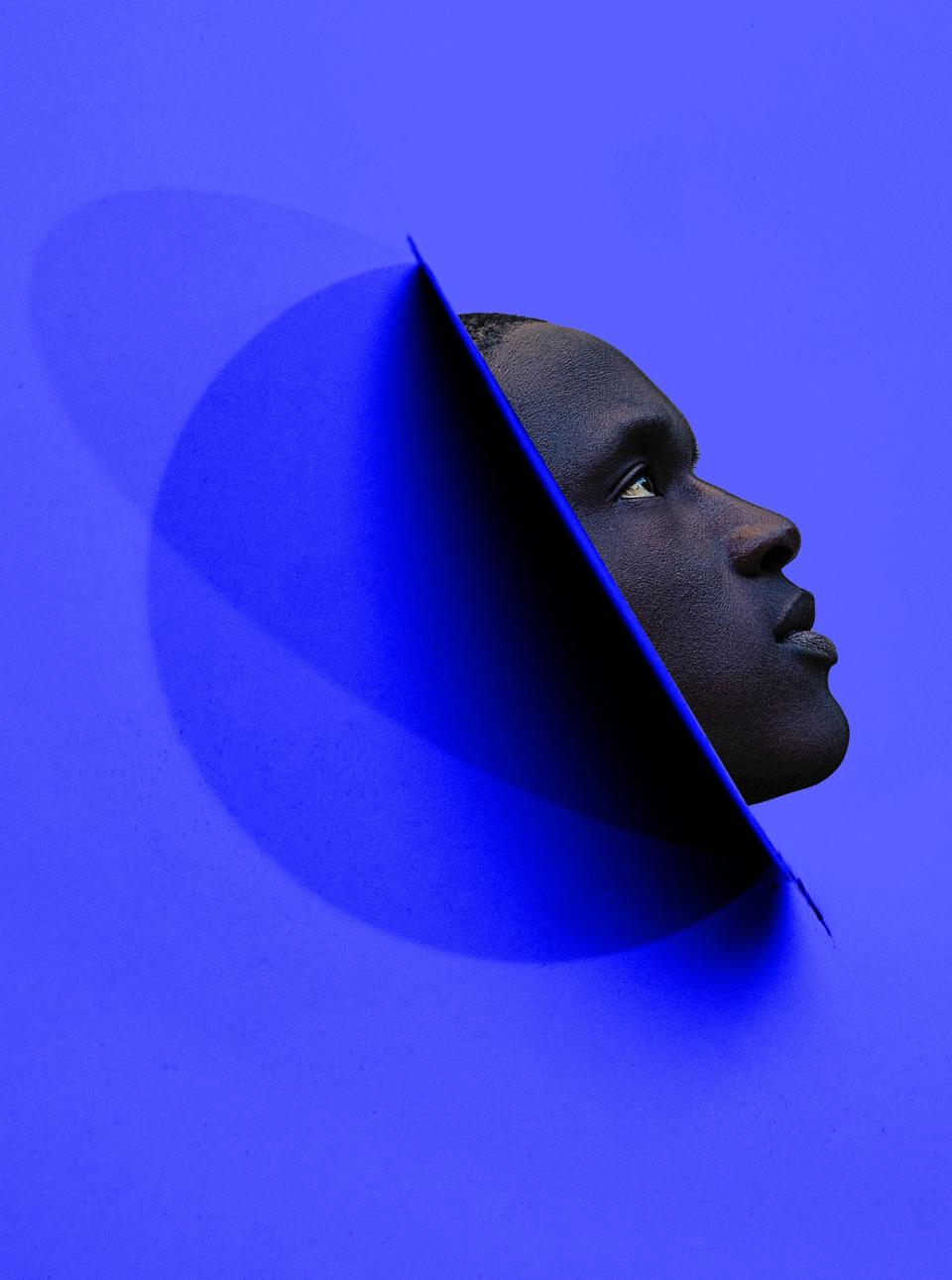
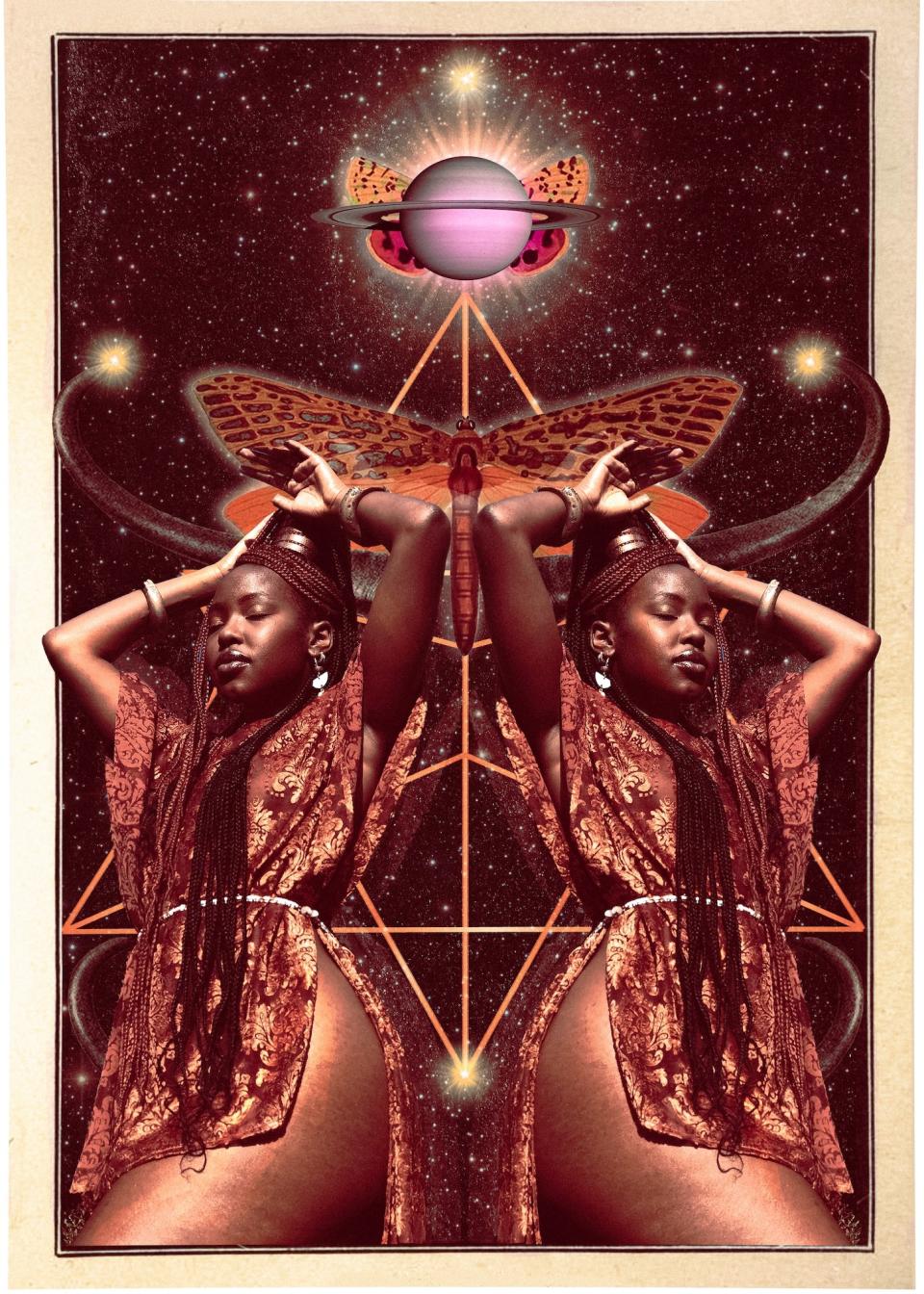
Originally Appeared on Teen Vogue

